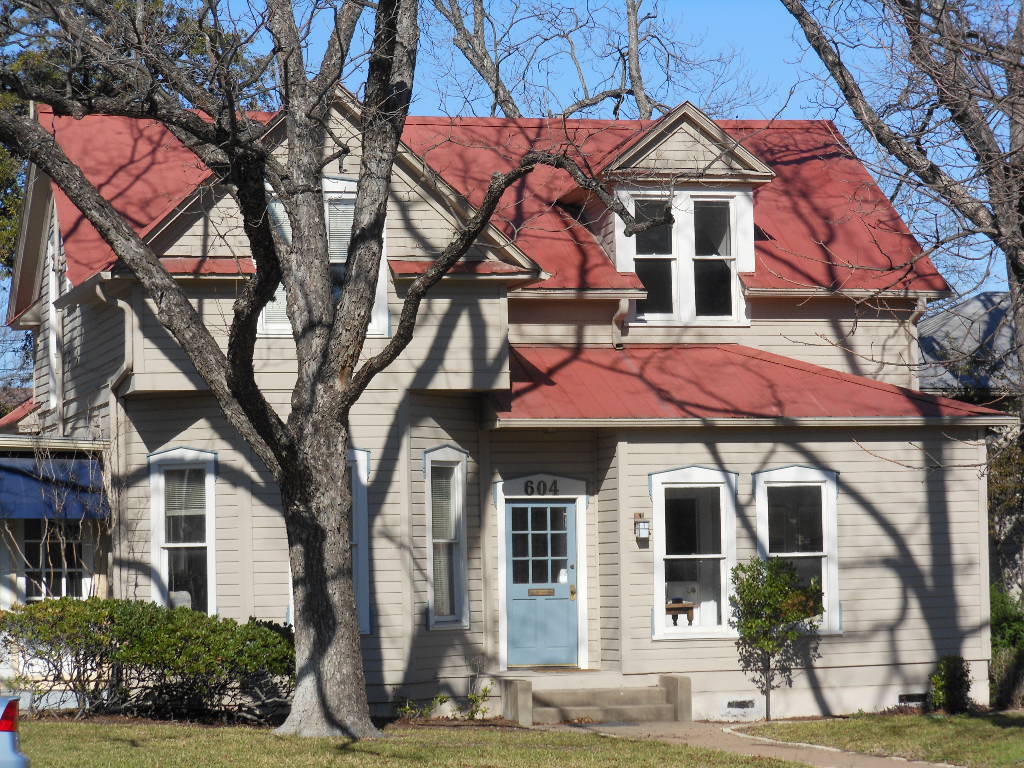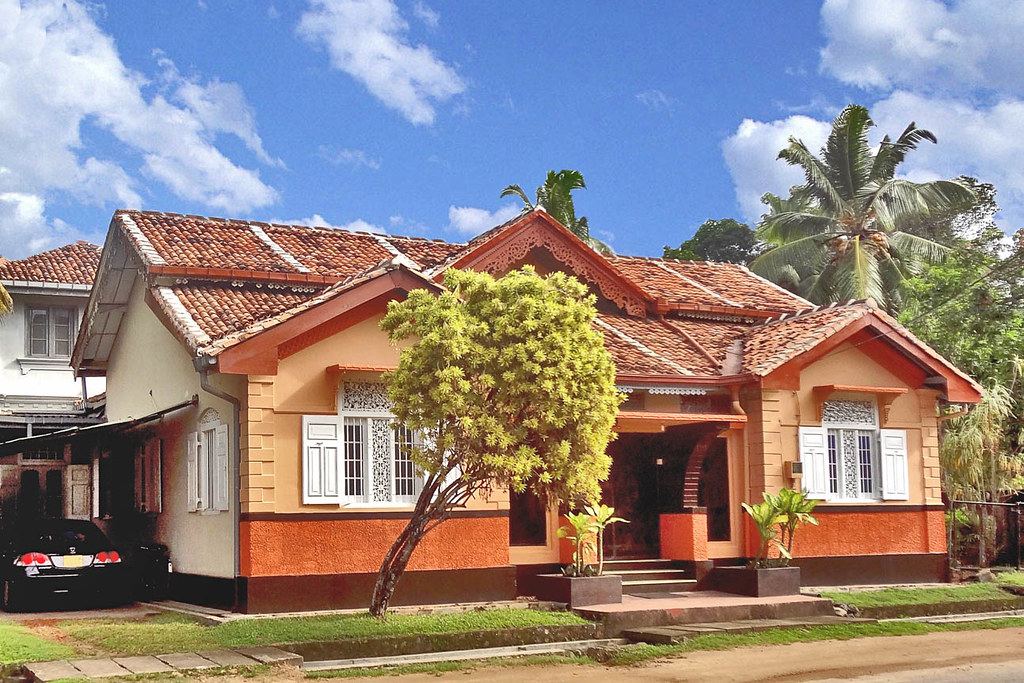
Wind damage during hurricanes and cyclones will easily remove asphalt shingles, clay tiles, and other roofing materials with poor sheathing and nailing. Certified and well-trained roofers with decades of experience can provide high-quality roofing installation and replacements because they're using manufacturer-approved methods that qualify for warranties.
Aside from poor roof installations, roof age, materials, shape, and common environmental hazards are to blame for your roof's susceptibility to wind damage. Let's learn more about each of them below.
Certified roofers recommend strong roofing materials capable of withstanding strong winds. In addition, they know the right nails and sheathing materials necessary for your roof's proper installation. Nail and asphalt shingle spacing are critical in reducing wind damage to your roof. Roofing nails with large heads will penetrate and attach itself through any high-quality OSB sheathing, giving your home the best protection against roofing damage.
Your roof will most likely suffer at the hands of uncertified and out-of-town roofers. Even if they do a great job installing your roof, you can't be sure your material manufacturer would honor the material's warranty. In addition, inexperienced roofers don't always give OSB material recommendations, giving you no guarantees to its sturdiness during hurricanes and cyclones with strong winds.
Aging roofs have loose granulation, greatly shrunk and possibly pushed-against asphalt shingles, brittle shingle material, and wide spaces between materials, leaving openings for roof leaks on sheathing material. Bare roof sheathing, truss, and rafters put your entire property at a high risk of structural collapse due to previous uninspected water damage that can result to wood rot.
We strongly recommend having these roofs replaced to ensure your shingles stay adhered to the roof sheathing. Regularly have roof inspections after having your roofs replaced before winter and by the end of autumn to have a full understanding of the roof's entire state and capability to withstand roof damage.

Asphalt shingles have varying wind resistance qualities. For example, a Class D asphalt shingle line can withstand up to 90 MPH winds. On the other hand, a strong Class F asphalt shingle roof can withstand winds up to 120 MPH or beyond. You can consult a certified high-quality asphalt shingle manufacturer and roofing company to get the best material recommendations depending on your local environmental conditions.
Roofs look beautiful if they vary in shape and size in your local neighborhood. Unfortunately, typical gable roof shapes with long overhangs are at higher risk of wind damage during hurricanes and cyclones than hip roofs because of their natural aerodynamic properties. Four-sided hip roofs allow winds to flow naturally, reducing the risk of any lifts on the edges and asphalt shingle curling.
Some areas across the country have weather patterns that are relaxed with soothing and rejuvenating rains. For others, they need to endure a tough rainy season with strong winds between 90-120 MPH. Your local roofers are your most trustworthy source of recommendations because they've been taking care of your neighbors for decades. They can provide you recommendations that ensure your roof is in good working condition and can protect your property during extreme weather situations.
You can always count on Turbo Roofing to provide high-quality roof replacement, repair, and installations. Call us today to learn more about our services and everything we can do for you.